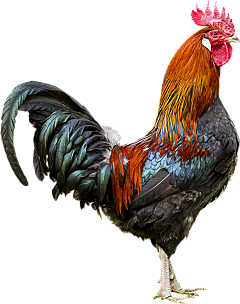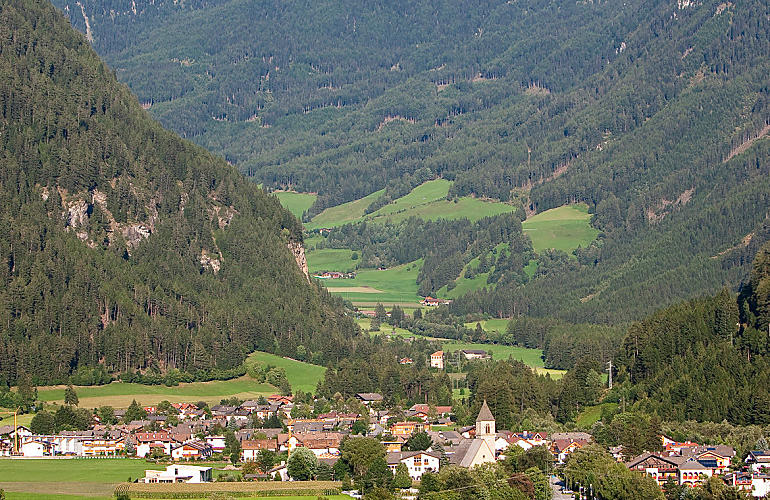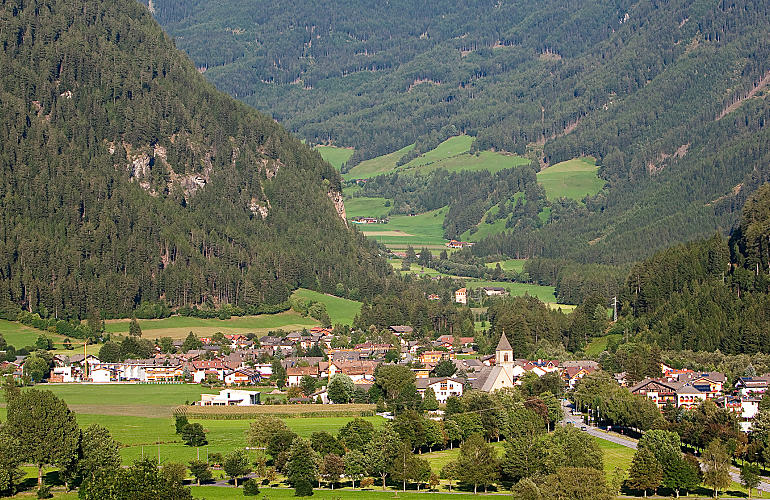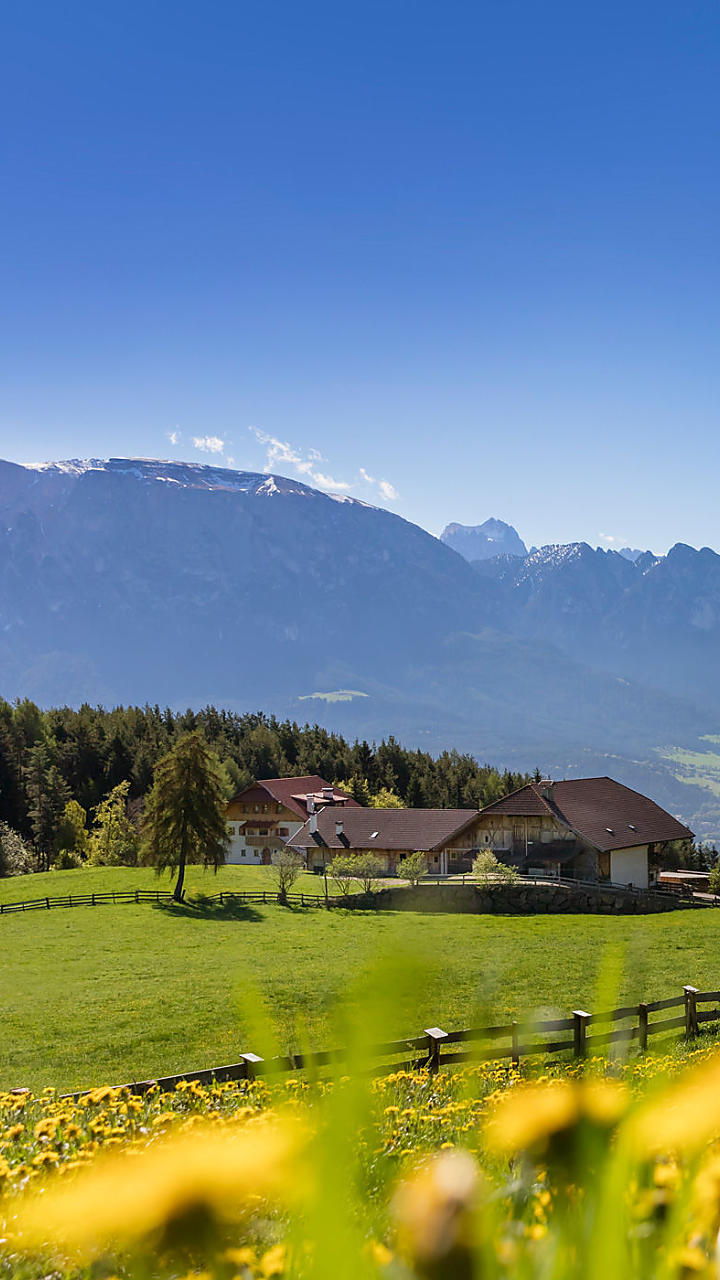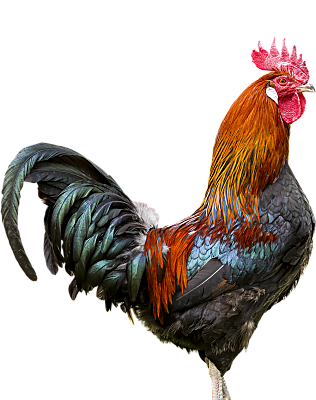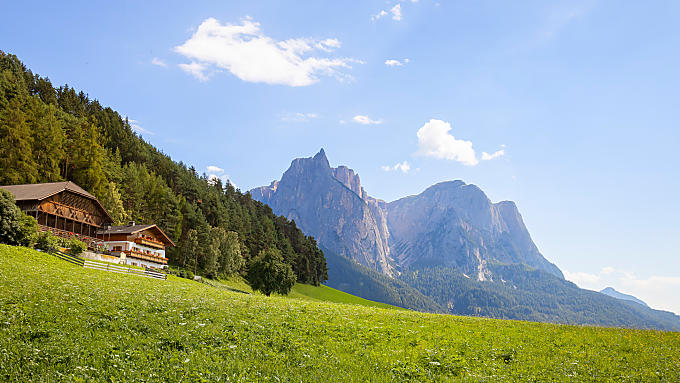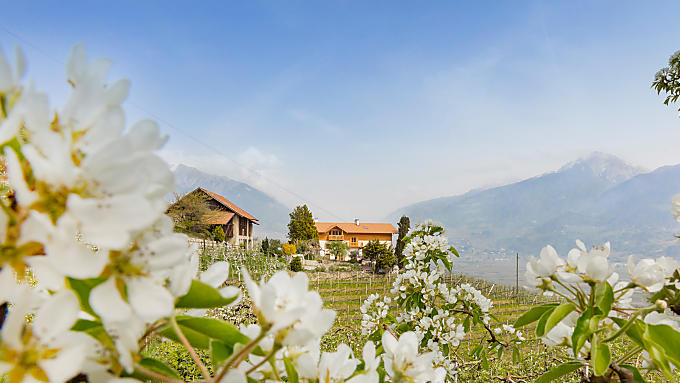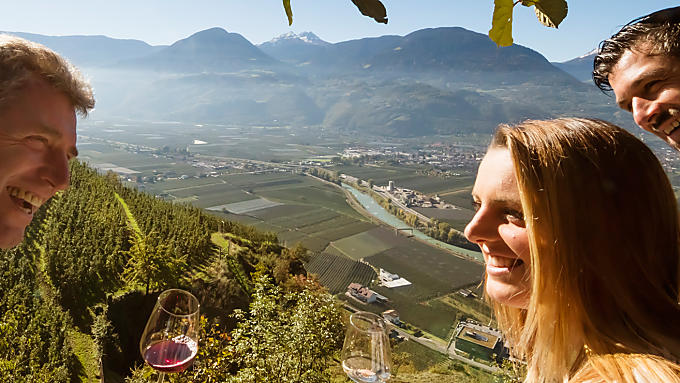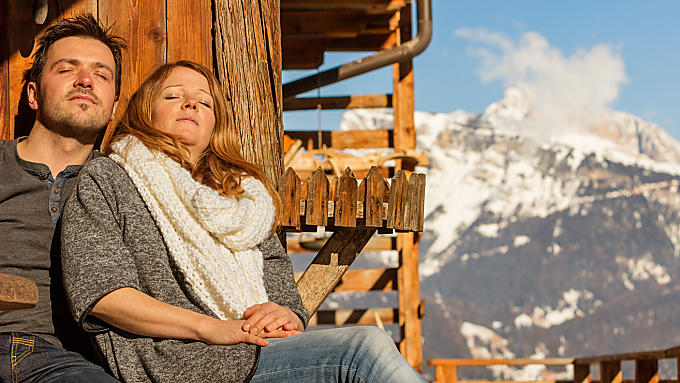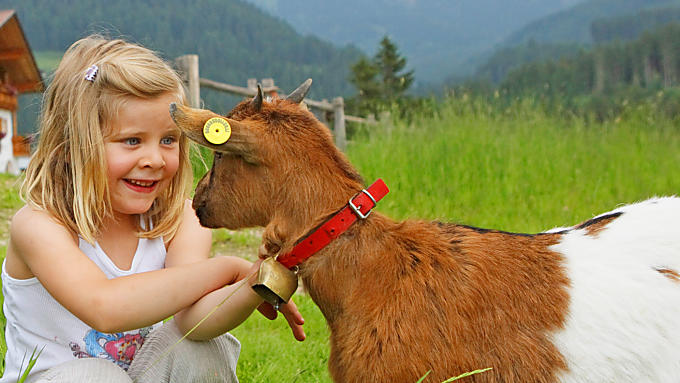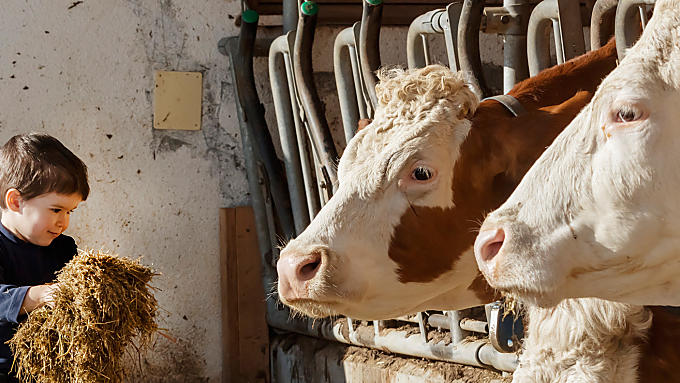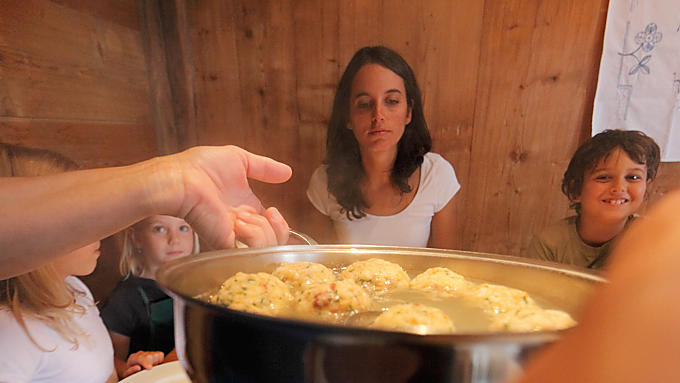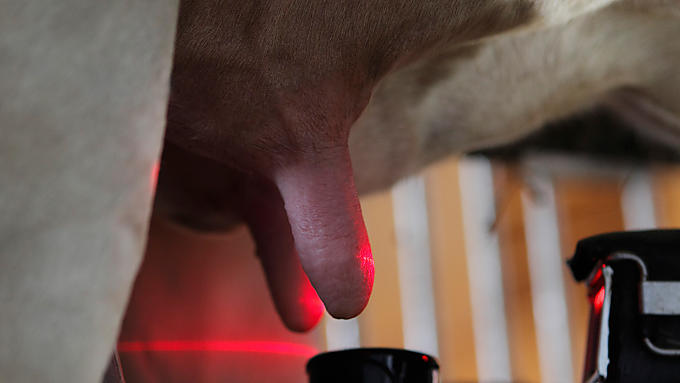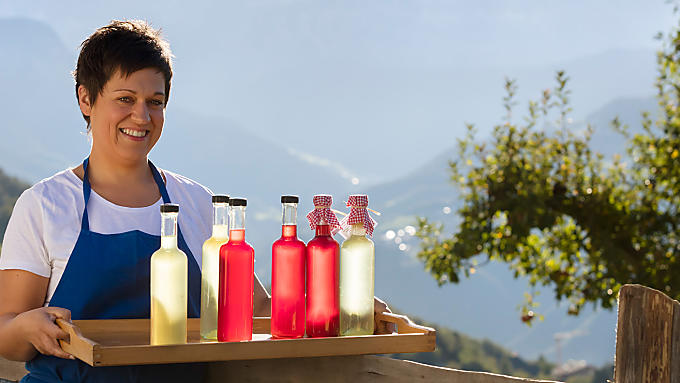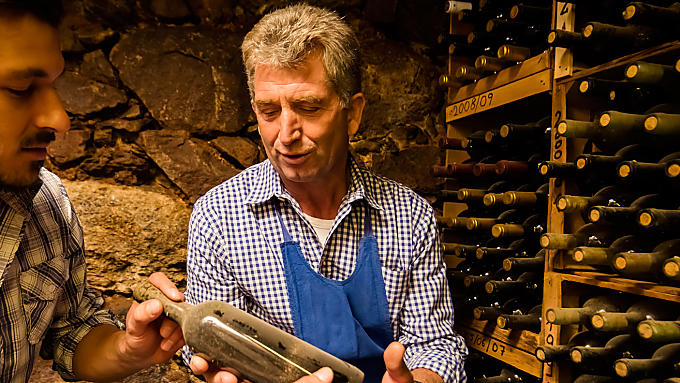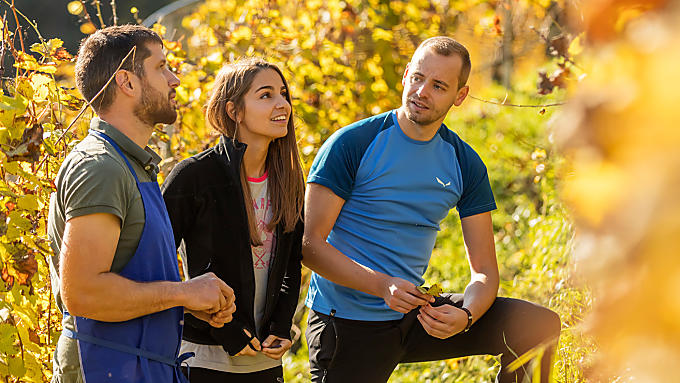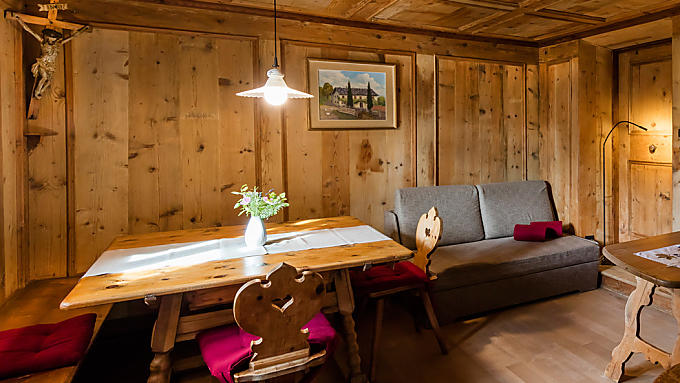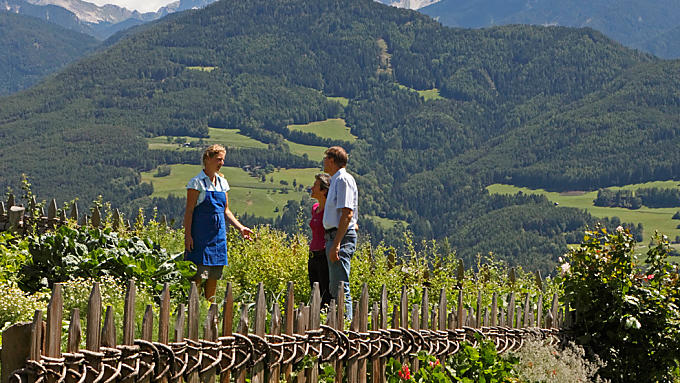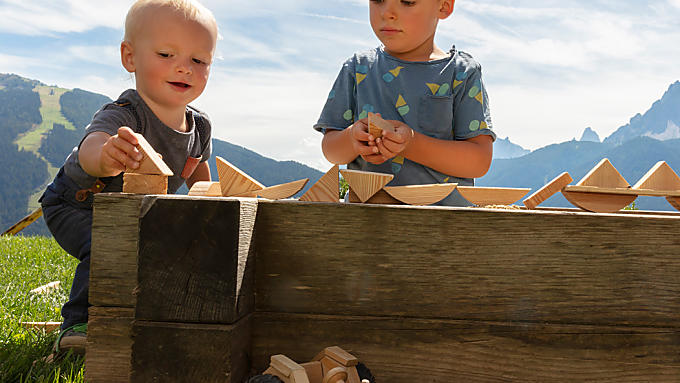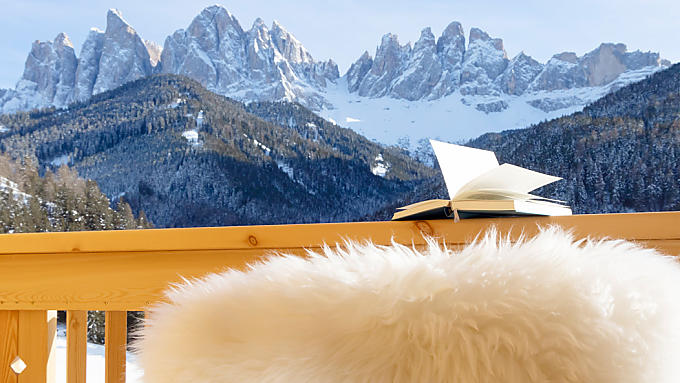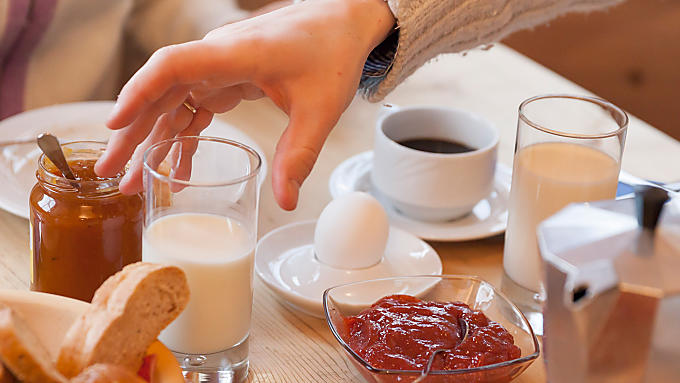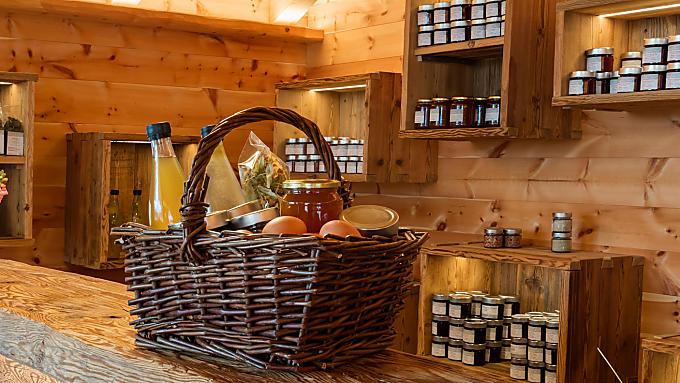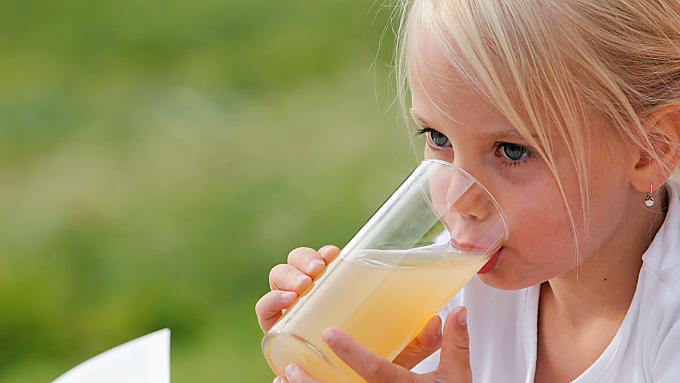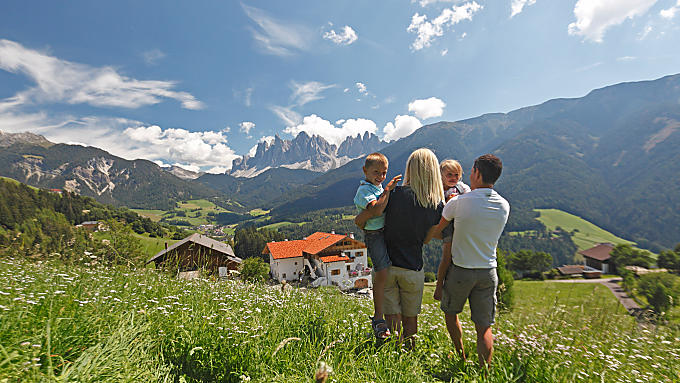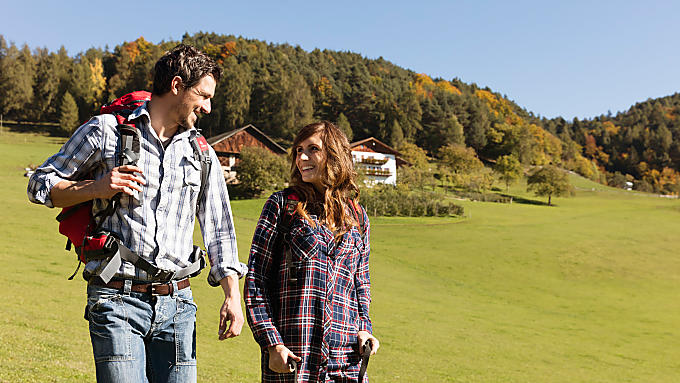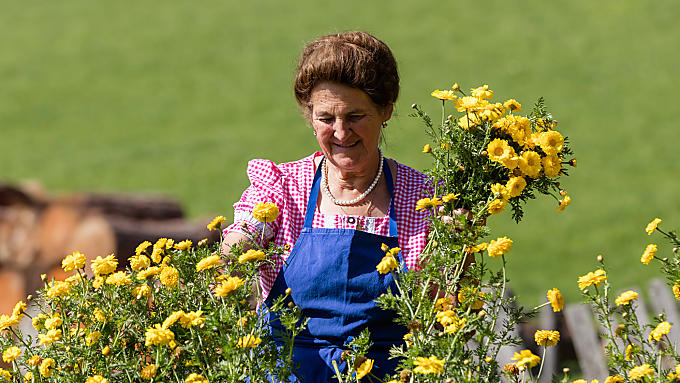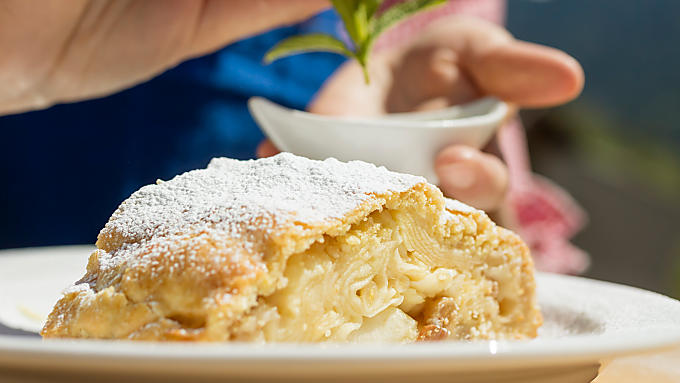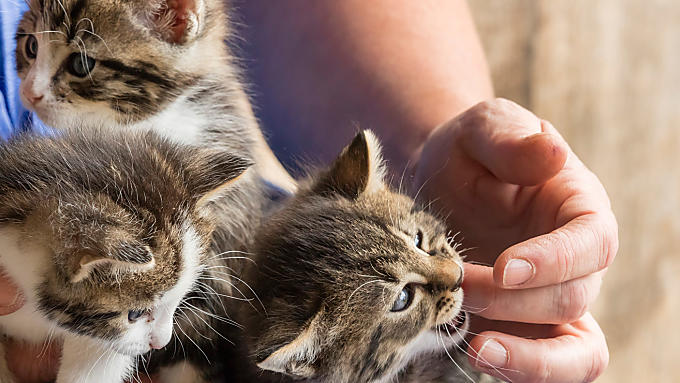Holiday location
Farm Holidays in Pfitsch
Nature calls the shots on a Farm Holiday in Pfitsch. Hikers can take paths through untamed landscape and climb to mountain peaks in the Zillertal Alps.
Pfitsch is one of the northernmost municipalities in South Tyrol and borders directly with Austria. Kematen, St. Jakob and Wiesen belong to the area next to the town centre of Sterzing. Pfitschtal valley stretches into the territory of the Zillertal Alps. A stroll through the picturesque old town of Sterzing is just as within range as an excursion to the mountain lakes and peaks in the surrounding area.
Nature calls the shots on a Farm Holiday in Pfitsch. Hikers can take paths through untamed landscape and climb to mountain peaks in the Zillertal Alps.
Pfitsch is one of the northernmost municipalities in South Tyrol and borders directly with Austria. Kematen, St. Jakob and Wiesen belong to the area next to the town centre of Sterzing. Pfitschtal valley stretches into the territory of the Zillertal Alps. A stroll through the picturesque old town of Sterzing is just as within range as an excursion to the mountain lakes and peaks in the surrounding area.
Mountains as the main attraction
Guests staying at a holiday flat or room in Pfitsch will discover the peace, quiet and idyllic nature of the surrounding mountains. 30-kilometre-long Pfitscher Tal stretsches from Sterzing into the Zillertal Alps, ending at Pfitscher Joch pass. In summer, mountain lakes at over 2,200 metres above sea level will provide refreshment.
Hikes to mountain pastures and snack bars affording all-round views, walks along the valley floor and demanding high-Alpine tours await visitors to Pfitschertal valley. Leisurely hikes go from Pfitscher Joch along the Landshut high altitude path to the Europahütte, one of a total of four refuges in the area. The highest peak in the Zillertal Alps area is the Hochfeiler, at 3,500 metres above sea level. It's not just hikers who will appreciate the path to this 3,000-metre-high mountain, as the Gliedergang going towards Hochfeiler is rich in minerals, mainly Blue Beryll. Collecting is forbidden, but it's worth it just for the views.
Insights into history and culture
A holiday staying on a farm in Pfitsch has a lot to offer down in the valley as well as in the mountains. The castle of Schloss Moos, one of the oldest buildings in Wiesen, is on the edge of Sterzinger Moos. It was first mentioned in records in 1325 and is one of the few fortresses in South Tyrol that is not set on a hill. It was extensively converted in 1950, but retains its character. Its striking bay windows are typical. It is now a retirement home.
Wiesen is the main village in the municipality of Pfitsch and marks the start of Pfitschertal valley. The population here lived from mining between the 15th and 18th centuries. The old smelting works is a remnant of this important time.
Holy Cross parish church or the octagonal Holy Sepulchre church in Wiesen are considered some of the cultural treasures of the municipality. Yet the plentitude of fortresses and castles surrounding Pfitsch are well worth a visit. In Freienfeld south of Sterzing, Burg Sprechenstein tells of its long history, which goes back to the 13th century. Neighbouring Burg Reifenstein is one of the best-preserved fortresses in South Tyrol. Daily life for knights at the fortress comes to life on a guided tour of the old 12th-century ruins.
Mountains as the main attraction
Guests staying at a holiday flat or room in Pfitsch will discover the peace, quiet and idyllic nature of the surrounding mountains. 30-kilometre-long Pfitscher Tal stretsches from Sterzing into the Zillertal Alps, ending at Pfitscher Joch pass. In summer, mountain lakes at over 2,200 metres above sea level will provide refreshment.
Hikes to mountain pastures and snack bars affording all-round views, walks along the valley floor and demanding high-Alpine tours await visitors to Pfitschertal valley. Leisurely hikes go from Pfitscher Joch along the Landshut high altitude path to the Europahütte, one of a total of four refuges in the area. The highest peak in the Zillertal Alps area is the Hochfeiler, at 3,500 metres above sea level. It's not just hikers who will appreciate the path to this 3,000-metre-high mountain, as the Gliedergang going towards Hochfeiler is rich in minerals, mainly Blue Beryll. Collecting is forbidden, but it's worth it just for the views.
Insights into history and culture
A holiday staying on a farm in Pfitsch has a lot to offer down in the valley as well as in the mountains. The castle of Schloss Moos, one of the oldest buildings in Wiesen, is on the edge of Sterzinger Moos. It was first mentioned in records in 1325 and is one of the few fortresses in South Tyrol that is not set on a hill. It was extensively converted in 1950, but retains its character. Its striking bay windows are typical. It is now a retirement home.
Wiesen is the main village in the municipality of Pfitsch and marks the start of Pfitschertal valley. The population here lived from mining between the 15th and 18th centuries. The old smelting works is a remnant of this important time.
Holy Cross parish church or the octagonal Holy Sepulchre church in Wiesen are considered some of the cultural treasures of the municipality. Yet the plentitude of fortresses and castles surrounding Pfitsch are well worth a visit. In Freienfeld south of Sterzing, Burg Sprechenstein tells of its long history, which goes back to the 13th century. Neighbouring Burg Reifenstein is one of the best-preserved fortresses in South Tyrol. Daily life for knights at the fortress comes to life on a guided tour of the old 12th-century ruins.
Farm search
Holiday farms in Pfitsch
3 reasons
A holiday in Pfitsch
An idyll off the beaten track
Nature lovers will really appreciate a Farm Holiday in Pfitsch, for example, on a trip to Sanderau biotope or Tropfsteinquelle spring in Burgumertal valley.
Nature lovers will really appreciate a Farm Holiday in Pfitsch, for example, on a trip to Sanderau biotope or Tropfsteinquelle spring in Burgumertal valley.
The further reaches of Pfitschertal are barely inhabited. Nature calls the shots here – unspoilt, untamed landscape dominates the scene.
The region around Pfitsch is one of the areas in South Tyrol where snow is practically guaranteed. In winter, cross-country skiers can use the stretch from Kematen to St. Jakob. Guests on a Farm Holiday in Pfitsch may enjoy an action-packed winter holiday, whether on ski tours, on the cross-country pistes, or on winter walks in the snowy landscape.

